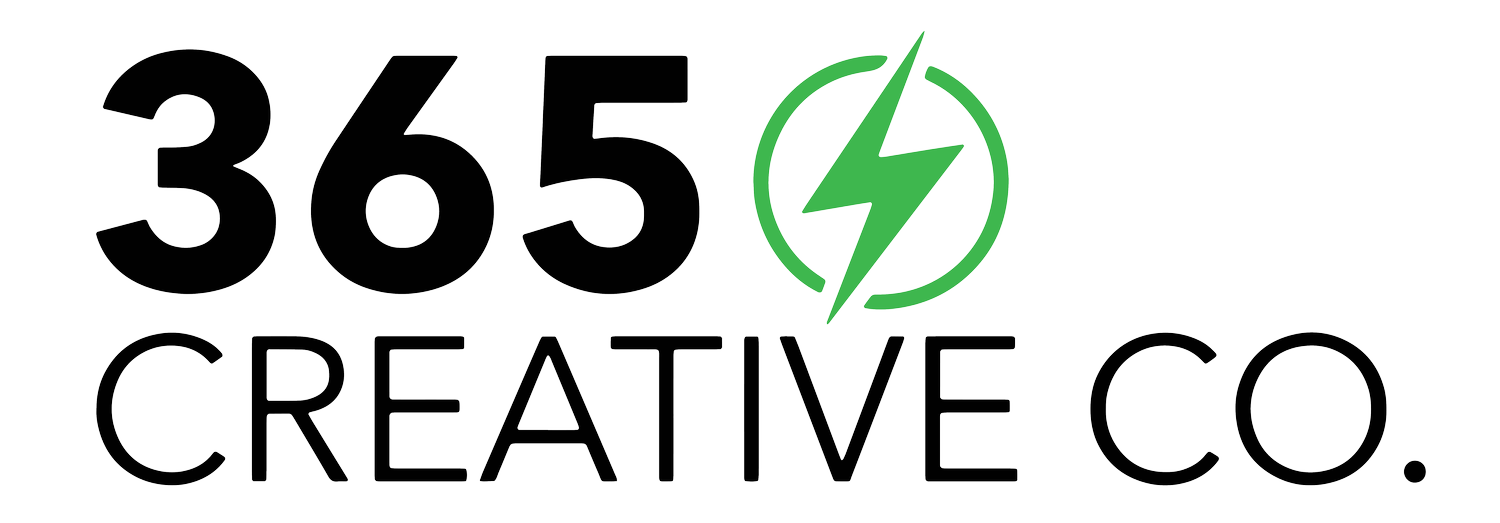Filming Content on Your Phone vs. Hiring a Professional: An In-Depth Comparison
Introduction
As digital content continues to drive marketing success, the decision of how to film it becomes critical. With advancements in phone technology, many businesses are tempted to produce their own videos using smartphones. But can they match the quality of professional videography? This guide delves into the pros and cons of both approaches, focusing on skill levels, equipment capabilities, and how each option can influence your brand’s image.
1. The Rise of Smartphone Filming
Smartphones have revolutionized content creation. With AI-enhanced video stabilization, multiple camera lenses, and even 4K resolution, today’s phones are powerful filmmaking tools. They make content creation more accessible, allowing users to shoot, edit, and publish quickly. Here’s why many businesses turn to smartphone filming:
Portability & Convenience: Smartphones fit in your pocket, making it easy to capture spontaneous moments, social media clips, or event highlights.
Cost Savings: If you’re on a tight budget, using a phone can save significant costs. You already have the device, so there’s no additional investment in equipment.
Intuitive Use: Most smartphones are designed with user-friendly interfaces, making it easy for even beginners to shoot video. Built-in features like time-lapse, slow motion, and portrait mode add creative flexibility without the need for extensive training.
However, despite these benefits, phone filming can fall short of achieving professional results, especially when the content requires polished visuals, high-quality sound, and cinematic effects.
2. The Expertise of Professional Videography
Hiring a professional videographer brings significant advantages in both technical skill and creative execution. Here’s how working with a pro elevates your content:
Technical Skill Level: Professionals have a deep understanding of the art and science of video production. They know how to control camera settings, optimize lighting, and use the right angles to convey a specific message. Their training allows for greater precision in every shot.
Advanced Equipment: Professional cameras, such as DSLRs or cinema cameras, offer larger sensors, better lenses, and more manual controls. These tools allow for better depth of field, more accurate colors, and higher resolution—factors that impact the visual quality of the video.
Superior Audio & Lighting: Pros use specialized equipment like external microphones, audio mixers, softbox lights, and reflectors. This results in cleaner audio and well-lit scenes, both of which are critical to maintaining viewer engagement.
Post-Production Skills: Professionals are skilled in editing software like Adobe Premiere Pro, Final Cut Pro, or DaVinci Resolve, providing more advanced editing techniques, color grading, and special effects.
3. Differences in Skill Level
While phone cameras are easy to use, producing professional-looking content requires knowledge of composition, lighting, and camera settings. Here’s a deeper look at the skill differences:
Beginner Level with Smartphones:
Strengths: Smartphones are perfect for quick, casual filming, as their auto-focus, built-in stabilization, and smart filters make it easier to get usable footage.
Limitations: The average person may not know how to manipulate lighting, angles, or audio effectively. This can result in shaky footage, inconsistent lighting, or poor sound quality.
Learning Curve: Smartphone filming has a low barrier to entry, which makes it ideal for beginners. However, it’s harder to achieve a polished, cinematic look due to limited manual controls and fixed lenses.
Professional Level with Advanced Cameras:
Strengths: Professionals have extensive training in manual settings, like ISO, aperture, shutter speed, and white balance, which affect the quality and tone of the video.
Advanced Editing: Post-production is where professional skills truly shine. Pros can enhance footage through color grading, sound design, and special effects, providing a cohesive and polished final product.
Higher Standards: Professionals have a better eye for detail, capturing shots that align with the story, message, and visual style of your brand.
4. Cost Comparison
One of the biggest factors when deciding between phone filming and hiring a professional is the budget. Here’s a look at how costs stack up:
Phone Filming:
Upfront Costs: Generally, there are no upfront costs if you already have a smartphone. At most, you might invest in a basic tripod, a clip-on lens, or a budget-friendly microphone.
Long-term Costs: While this option is initially cheaper, poor-quality content may not attract as much engagement or conversions, leading to lower ROI.
Suitable Projects: It’s best for casual, on-the-go content like behind-the-scenes clips, social media stories, or quick updates.
Professional Videography:
Upfront Costs: Professional filming services can be expensive, with costs covering equipment, crew, editing, and more.
Long-term ROI: Higher-quality video content often has better engagement, conversion rates, and brand perception, making it worth the investment for campaigns, commercials, or brand documentaries.
Suitable Projects: Professional production is ideal for commercials, product launches, corporate videos, and any content meant to represent your brand’s highest standards.
5. Use Cases for Each Approach
Depending on your goals and resources, one approach may suit you better than the other:
Smartphone Filming Use Cases:
Vlogging: Phones are excellent for vloggers due to their portability and front-facing cameras.
Social Media Stories: Quick, 15-30 second stories can be captured and uploaded in minutes, perfect for real-time engagement.
Event Highlights: Capturing quick clips at events is often sufficient for phone cameras, especially for social sharing.
Professional Filming Use Cases:
Commercial Campaigns: Ads meant for TV, YouTube, or branded content benefit from the polished look that professional equipment and expertise provide.
Corporate Videos: Company overviews, testimonials, and training videos demand the clarity and detail that only professional production can offer.
Product Launches: When introducing a new product, high-quality visuals create excitement and better communicate the value of the product.
6. The Role of Post-Production
Editing can make or break a video. Here’s how phone editing differs from professional post-production:
Phone Editing:
Apps like iMovie, LumaFusion, or InShot allow you to add basic effects, transitions, and titles.
While convenient, phone editing apps are limited in terms of color grading, sound mixing, and advanced transitions.
It’s suitable for quick edits but lacks the sophistication needed for larger campaigns.
Professional Editing:
Software like Adobe Premiere Pro or DaVinci Resolve offers more advanced tools for color correction, sound design, and special effects.
Professionals can refine videos to match your brand’s style, ensuring consistency across different marketing channels.
The result is a more polished, compelling, and engaging video that aligns with your marketing goals.
Conclusion
The choice between filming content on your phone and hiring a professional depends on your goals, budget, and desired level of quality. Phone filming is great for casual, quick content, while professional production is the best choice for polished campaigns that require higher quality. At 365 Creative Co., we help businesses decide the right approach for their needs. Whether you’re looking for guidance on phone filming or want to create top-tier professional videos, we’re here to bring your vision to life. Ready to elevate your video content? Let’s chat!


